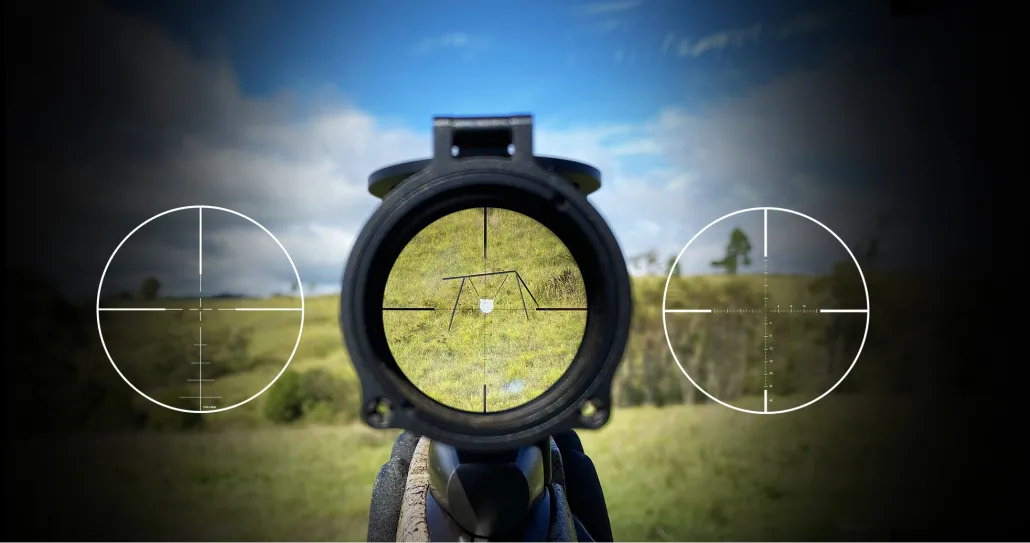When it comes to choosing the right optic for your firearm, the debate between red dot sights and holographic sights is ongoing. Both options provide rapid target acquisition, improved accuracy, and enhanced performance in tactical and hunting scenarios. However, they operate on different technologies, which significantly impact their effectiveness.
Understanding Red Dot Sights
A red dot sight is a type of reflex sight that uses an LED to project a red dot onto a lens. This dot acts as an aiming reticle, helping shooters quickly line up their shot.
Advantages of Red Dot Sights
- Lightweight & Compact – Red dot sights are smaller and more lightweight compared to holographic sights, making them a great option for rifles and handguns.
- Long Battery Life – Since they rely on LED technology, red dot sights consume minimal power, often lasting thousands of hours on a single battery.
- Affordability – These sights tend to be more budget-friendly than their holographic counterparts, making them accessible to a wide range of shooters.
- Simple Reticle Design – The dot is easy to use and does not require complex adjustments, making it an ideal choice for beginners.
For more insights on red dot sights vs. holographic sights, visit Billings Optics to explore advanced rifle optics.
Understanding Holographic Sights
Holographic sights use laser technology to project a reticle onto a transparent display. Unlike red dot sights, which reflect an LED dot off a lens, holographic sights create a 3D reticle that remains in focus regardless of eye position.
Advantages of Holographic Sights
- Faster Target Acquisition – The reticle remains crisp and clear, regardless of head movement, allowing for quicker shots in high-pressure situations.
- Better Performance with Magnifiers – Unlike red dot sights, holographic sights maintain a consistent reticle size when used with magnification, ensuring better accuracy at long distances.
- More Advanced Reticles – Holographic sights often feature more complex reticle designs that aid in range estimation and target acquisition.
- Works Well with Broken Lenses – Even if the front lens is damaged, the reticle remains visible, ensuring continued functionality in harsh environments.
Key Differences Between Red Dot and Holographic Sights
| Feature | Red Dot Sights | Holographic Sights |
| Technology | LED Projection | Laser Holography |
| Battery Life | 5,000+ Hours | 500-1,000 Hours |
| Reticle Type | Simple Dot | Complex Holographic |
| Price Range | Affordable | Expensive |
| Size & Weight | Compact | Larger & Heavier |
| Performance with Magnifiers | Reticle Gets Larger | Reticle Stays the Same |
Which One Should You Choose?
Your choice between red dot sights and holographic sights depends on your specific needs and shooting style.
- For close-range shooting and home defense, a red dot sight is an excellent option due to its lightweight design, long battery life, and affordability.
- For tactical situations, law enforcement, and long-range precision shooting, a holographic sight offers better accuracy and flexibility, especially when used with magnification.
For those looking to explore the latest advancements in red dot sights vs. holographic sights, check out this guide for a deeper dive into innovative optics solutions.
Final Thoughts
Both red dot and holographic sights provide significant advantages depending on the shooter’s preference. Understanding the differences between these optics can help you make an informed decision. Whether for hunting, tactical applications, or competitive shooting, choosing the right sight can enhance your performance and accuracy in any scenario.




